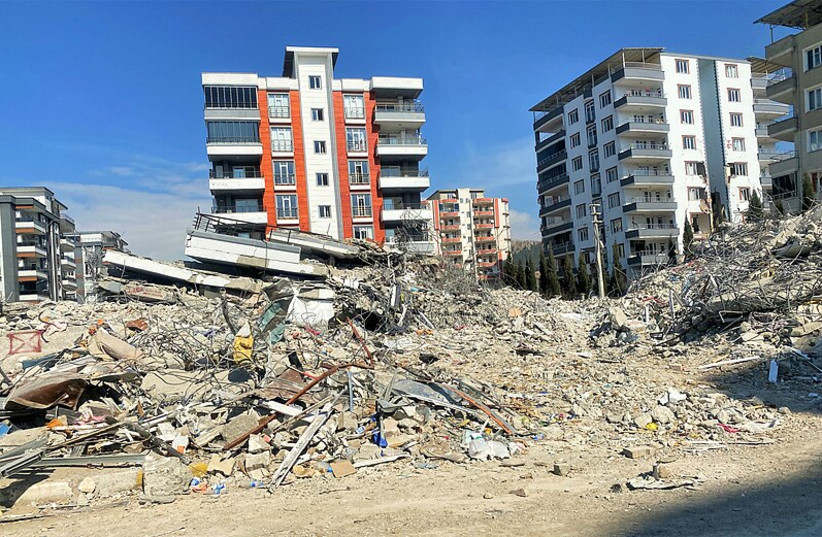Current earthquake warning systems can only give a brief window of notice, usually less than two minutes before an earthquake strikes - and in some cases warnings are only delivered three to five seconds after an earthquake has already started.
New research by scientists Quentin Bletery, from the French Côte d’Azur University, and Jean-Mathieu Nocquet, from the Institut de Physique du Planète in Paris, could be the key to detecting earthquakes hours before they occur.
Earthquakes cannot currently be predicted, merely forecasted based on observations of previous earthquakes and seismic activity in a region. These observations are analyzed and used to determine the likelihood of future seismic activity.
Therefore earthquake early warning systems don't predict earthquakes, but instead detect ground motion once an earthquake has started. Warning alerts are sent out immediately upon detecting ground motion, giving people in the vicinity crucial seconds to prepare and seek shelter.
While the current earthquake early warning systems in place can save lives, it has long been the goal of scientists to expand these systems and accurately predict when and where an earthquake will strike. Opinions in the scientific community have varied as to whether seismic activity can be used to predict earthquakes or if they are inherently unpredictable natural events.

Potential predictions
French scientists Bletery and Nocquet have discovered a precursory fault phase slip that begins nearly two hours before an earthquake occurs and they believe that this could be used for earthquake prediction and early warnings in the future. The pair compiled data from over 90 earthquakes over magnitude 7 that occured within the past two decades and analyzed GPS records from 48 hours prior to each of these earthquakes.
“Earthquakes are sudden slips along faults that separate two tectonic blocks,” explained Nocquet. “The precursor phase is the time window during which the tectonic blocks begin to move relative to each other, first slowly and then accelerating progressively to finally reach a rapid sliding velocity. Rapid sliding produces the seismic waves that cause the damage observed during major earthquakes.”
They noticed that in the first 46 hours, the records showed no significant activity, however, in the two hours immediately prior to the earthquakes there were signs of increasing activity along the fault zones.
Bletery explained that this is indicative of a gradual and otherwise undetectable slip between tectonic plates starting around two hours before an earthquake occurs. This has the potential to serve as an earthquake detector - but there's a catch.
“We can’t detect at the scale of one earthquake, so we cannot make predictions,” Bletery told New Scientist. “But it tells us there’s something going on, and if we make significant progress in measurement - either the sensor itself, improving its sensitivity, or by just having more of them - we could be able to perceive things and make predictions.”
Current GPS systems do not have the sensitivity required to make predictions based on the studies' perimeters. As Bletery explained further, current GPS censors can only make detections using the large data set compiled in the study but cannot make precise detections at single sites.
To do so would require GPS sensors able to detect movements of 0.1 millimeters, Bletery said. Additionally, many earthquake regions do not have adequate technology to track whether seismic activity patterns are consistent across large earthquakes.
“Although the results of Bletery and Nocquet suggest that there may indeed be an hours-long precursory phase, it is not clear whether such slow-slip accelerations are distinctly associated with large earthquakes or whether they could ever be measured for individual events with the accuracy needed to provide a useful warning,” wrote Roland Burgmann, head of the UC Berkeley Active Tectonics Research Group.
